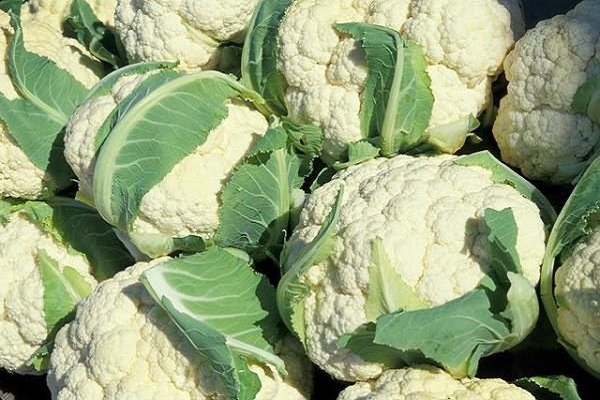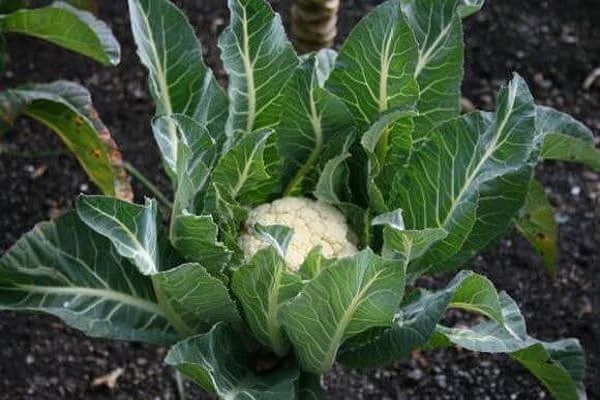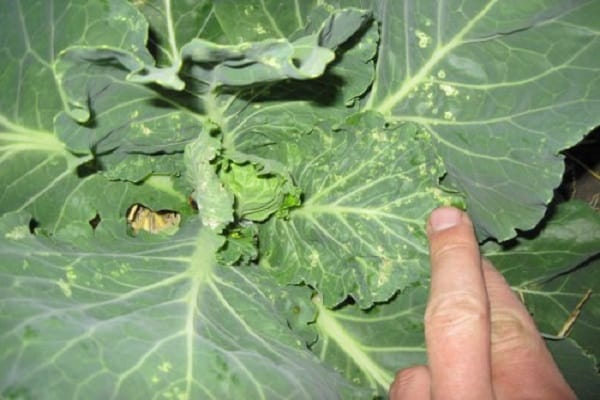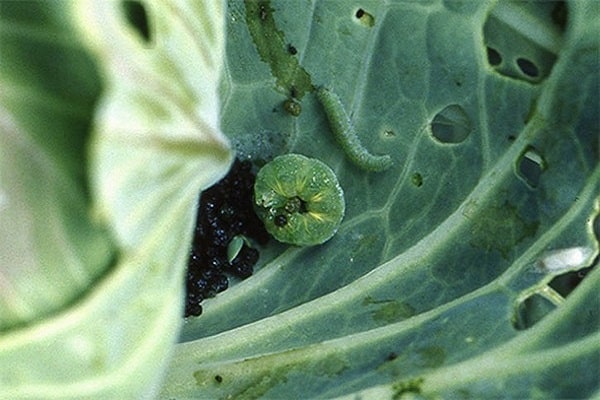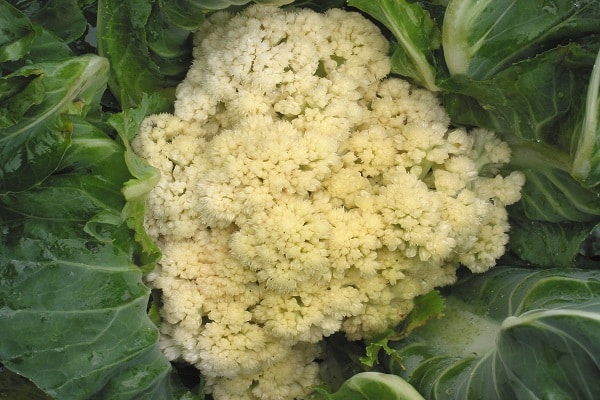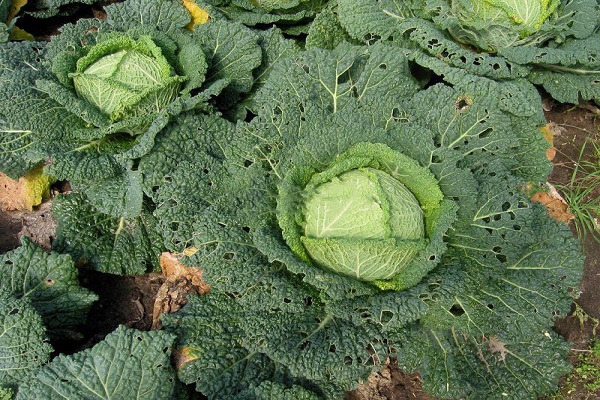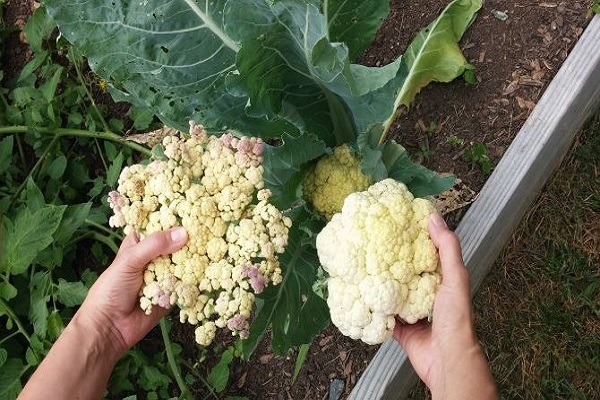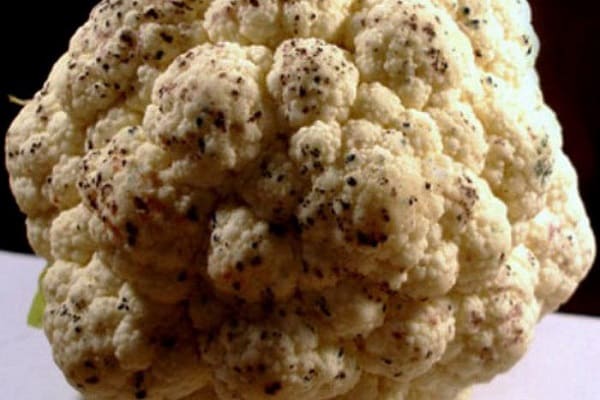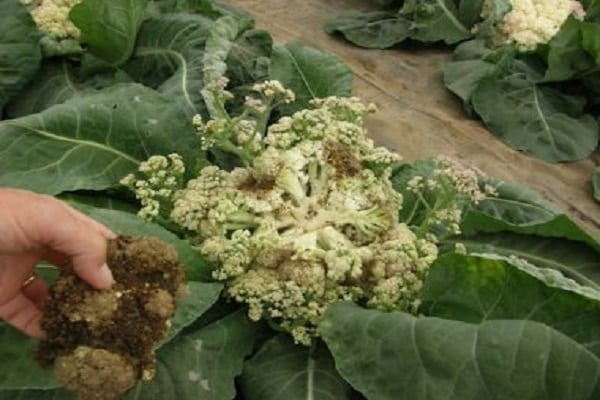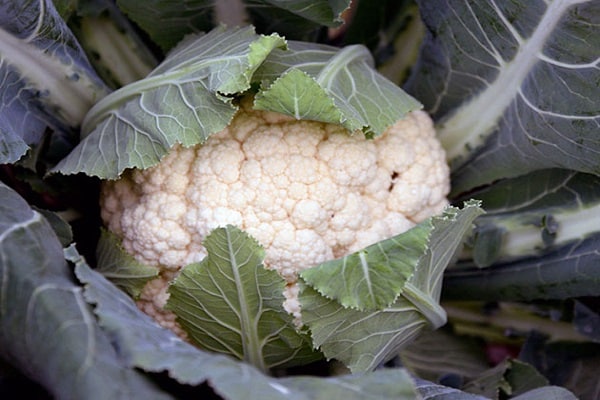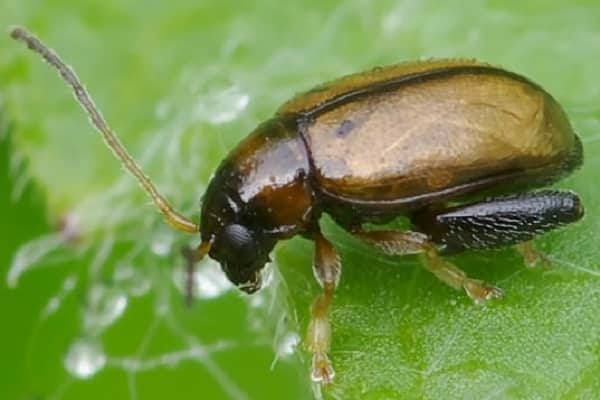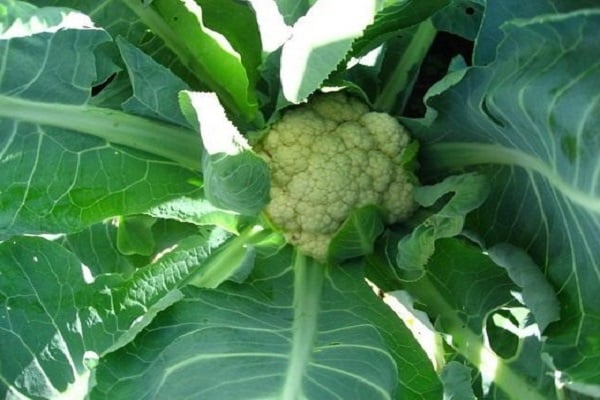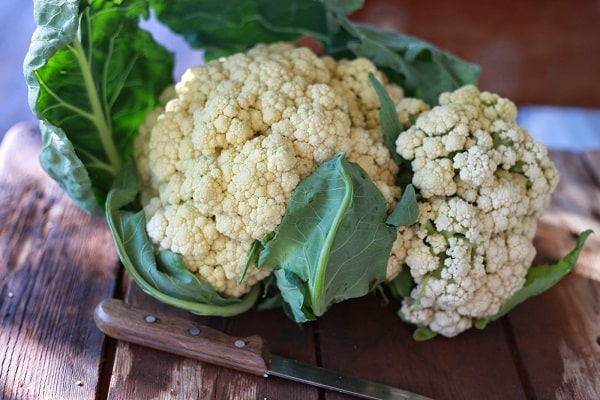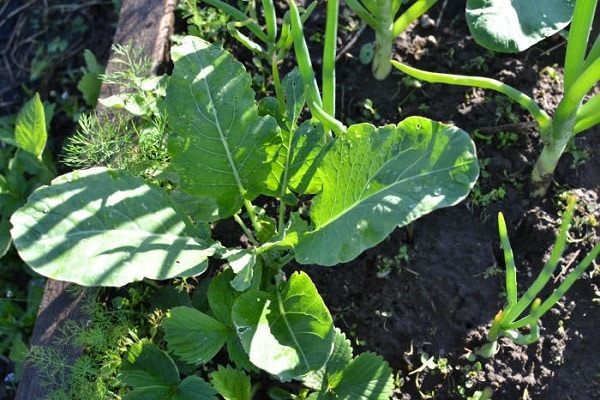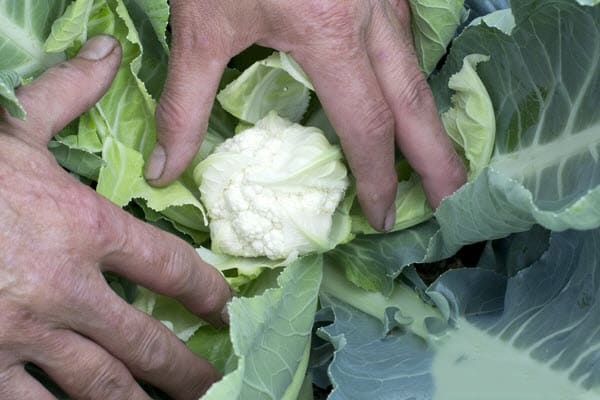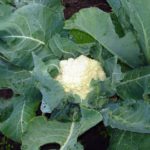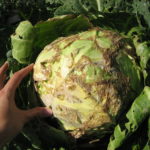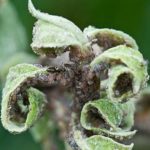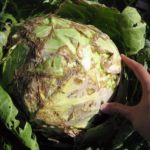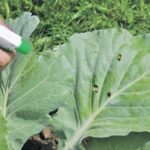Diseases of cauliflower prevent the ripening of large, tasty fruits in the garden. They vary depending on the degree of infection and its type. Every gardener should know how to protect the cauliflower crop in open ground and in greenhouses from diseases and pests. It is necessary to know all the signs of the disease in order to properly combat them. It is best to take all preventive measures in advance to protect cabbage from pests and diseases, rather than try to get rid of them later.
What harmful insects attack
Pests of cauliflower cause particular damage to the crop. They settle there while still being larvae and suck out all the juices from the vegetable.
Main insect pests:
- Aphid. The larvae cause the leaves on cauliflower to curl. They eat all the juice, stopping the growth of heads of cabbage. Aphids often attack in swarms.
- Flea. They chew the leaves of young seedlings. Due to the attack, the cabbage dies and dries out.
- Slugs. Snails and slugs are the main enemies of vegetables. They do not allow the fruits to develop.
- Caterpillars. The cutworm butterfly lays eggs on leaves. Caterpillars emerge from them, chew the leaves, and then settle in the heads of cabbage.
- Bedbugs. Their saliva is destructive to greenery. They suck the juices from cabbage leaves, stopping the development of the fruit.
- Leaf beetles. They leave large holes in the leaves.
- Mol. Lays eggs in spring. It hides deep, damaging the growing point of the vegetable, eats all the juice of the plant, depriving gardeners of productivity.
- Fly. Lays eggs on stems and attacks in flocks.
Knowing what harmful insects look like, you can prepare solutions to destroy them.
How to fight insects
If larvae, eggs or insects themselves are noticed, then measures must be taken to save the cabbage from pests. The fight against them should be aimed at expelling uninvited guests and improving the health of foliage and fruits.
The very first treatment should be before the pests appear. If you spray a healthy plant for preventative purposes with special solutions purchased at a garden store, then there is a chance of preventing them from appearing in the beds.
If fly eggs are found, the cabbage is treated with thiophos. This medicine is diluted in water according to the written instructions. The moth is destroyed with chlorophos, calcium arsenate, or anabasine sulfate solution. The same means are used to destroy aphids.
Slugs and caterpillars are collected by hand and then burned. Then the foliage is treated with Bazudin, Actellik or Diazinon.
Fleas, bedbugs and leaf beetles cannot withstand strong chemical solutions of Actellik and Bankol.
There are known methods of getting rid of pests using folk remedies. They are passed on from generation to generation. For example, tobacco leaves are boiled for several hours, filtered, diluted with soap and sprinkled on the greens. You can also sprinkle with mothballs and sand, or pouring slaked lime and ash is also good.
Fungal diseases
A common cause of infection with fungal diseases is the appearance of fungus due to too high humidity or acidity of the soil. These include the following diseases.
- Blackleg. The affected plant's stems dry out and its roots become thinner. The entire root system turns black.
- Fusarium. Cabbage leaves turn red and are often orange in color. They dry out, can curl, and become wilted.
- Kila. The fungus attacks the root. The plant becomes dead and growth stops. Brown growths appear on the roots, which interfere with normal nutrition and development.
- Mosaic. The foliage becomes covered with spots, they have dark outlines, and must be removed. They dry quickly, making them impossible to eat.
- Gray rot. Dark spots and rot appear on the cabbage.
- White rot. Mucus discharge appears on the vegetable, and the leaves turn yellow. It is better to immediately throw away or burn diseased heads of cabbage.
It is necessary to take care of the crop in advance so that you do not have to throw away all the fruits. As soon as suspicious leaves or stems are noticed, you must immediately buy medicines for unwanted diseases. If it is reliably protected, there will be a wonderful harvest.
Bacterial diseases
Knowing what bacterial and viral diseases exist, you can protect cauliflower from them.
Quite often, cabbage can suffer from vascular bacteriosis. Infected cabbage has purple leaves and yellowing towards the middle of the leaf. It begins to curl, the mesh on it becomes dark lilac. If infection occurs at the beginning of ripening, then it does not allow the fruits to form. They dry before our eyes. This plant is very fragile, it dries and fades quickly. This infection is mainly caused by insects. That is why fighting both them and diseases is necessary for high-quality crop production.
If the cabbage turns purple, slimy rot with an unpleasant odor appears on it, and wet mucus appears on the foliage, then this is mucous bacteriosis. The disease occurs during the flowering period. First, the leaf is affected, it curls, darkens, and becomes covered with rotten marks. Then the disease gradually spreads to the root and head. All this is watery and smells bad. Such a vegetable cannot be eaten, so it is immediately thrown away and measures are taken to destroy the remains of the infection, that is, they treat the soil. It is necessary to monitor for pests: flies, aphids. Since they can also participate in the transmission of the virus. Alirin and Gamair are the best remedies for this disease. You can also spray with copper sulfate for prevention.
How to distinguish lesions on cabbage
You need to be able to determine why cauliflower does not grow to the desired size. Cabbage leaves curl, they become yellowed.
If cauliflower turns pink, it may be from too much sunlight, or from a fungal infection on it. This is worth noticing in time to begin the fight against the disease.
If an aphid, leaf beetle, bug or slug sits on a vegetable, the leaf immediately withers, becomes dry and not juicy. All due to the fact that insects eat all the juice from the plant, and it can no longer grow normally. If the leaves curl, then this is definitely a sign of pests.
After all, with fungal and bacterial diseases, spots mainly appear, the color and smell of the foliage changes.
What to do if cabbage often gets sick
By how a given crop yields from year to year, you can determine whether cabbage often gets sick. What to do if you can’t get a decent harvest, the lower leaves constantly wither, the head of cabbage turns yellow, caterpillars and flies attack.
Experienced summer residents constantly fight for their harvest, avoiding mistakes in growing. Cauliflower should not be planted in a place where there have been infected plants in the next five years. Deep processing of the soil, burning, and rest of the soil are necessary.
If cabbage leaves turn yellow quite often, this is a sign that either there are not enough vitamins, or she is suffering from some kind of fungal disease. Take measures to clarify the problem and fix it by visiting a specialized store.
Preventative measures that gardeners should take
To prevent the death of cauliflower, all gardeners need to take note of preventive measures. They should always know how to treat or spray a given crop.
It is necessary to plant in the garden those varieties that are least susceptible to various diseases and have strong immunity. These varieties will not be afraid of aphids, slugs, and caterpillars. To prevent the spread of aphids, caterpillars, and fungal diseases, you need to know what to spray with this or that product.The peculiarity of white cauliflower is that its infections are transmitted not by seeds, but through harmful insects and soil.
This is why careful cultivation of the land is so important. It needs to be loosened more often, weeds must be removed, and the types of larvae in the ground that need to be burned should be monitored. Do not forget to inspect the foliage of cauliflower as often as possible. It is always easier to prevent the onset of a disease than to throw away spoiled fruit later.
Every gardener should know about diseases and pests of cauliflower. If you process the plants correctly, the cabbage becomes protected from environmental influences. And then an excellent harvest and wonderful, delicious dishes from this vegetable are guaranteed.

